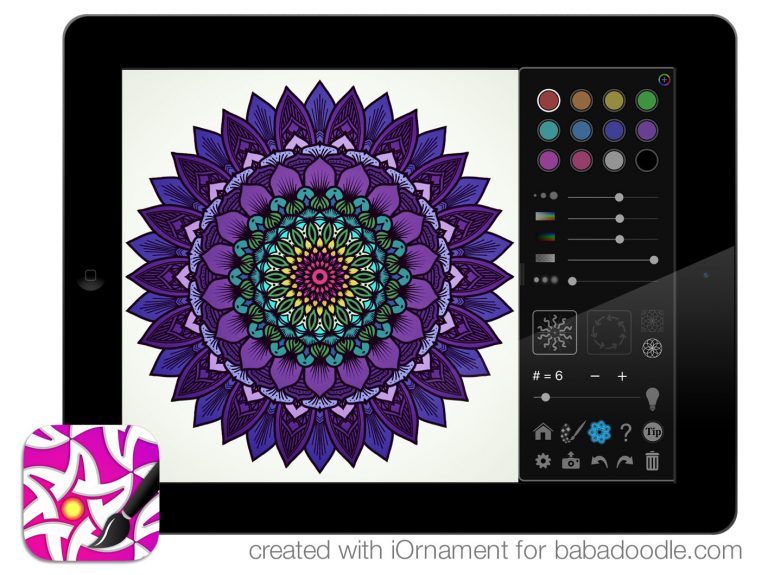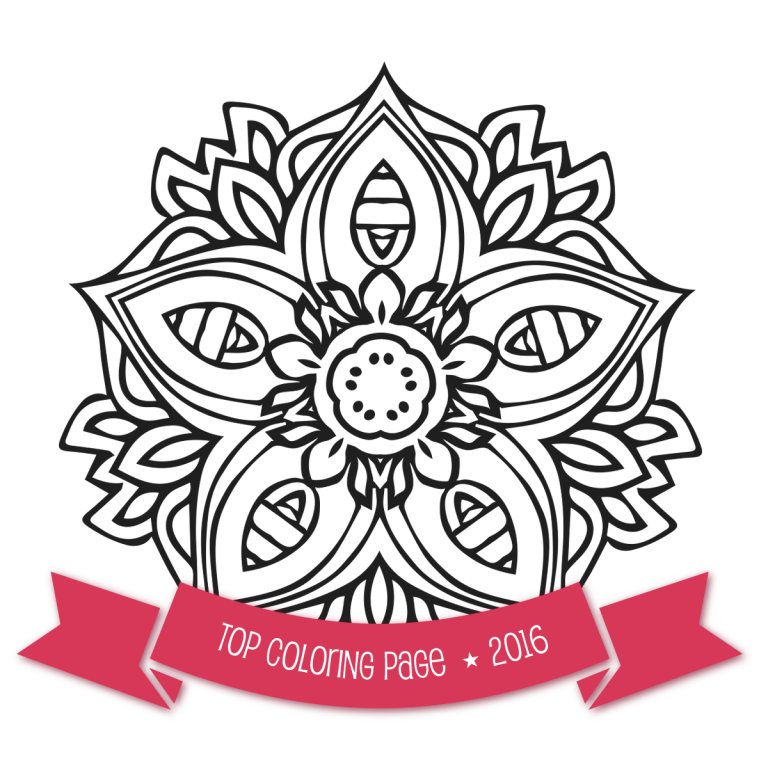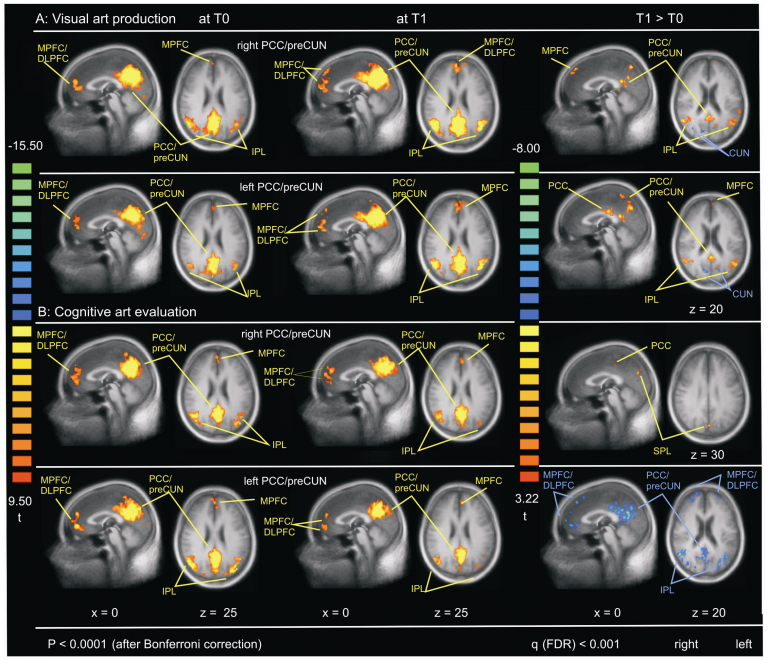Doodling, drawing, and coloring is rewarding – at least, your brain thinks so
While coloring and zentangle-styled doodling books seem to be everywhere, there has not been much research in its benefits. However, recent research shows that the brain’s reward pathway is activated while doodling, drawing, and coloring, which can improve mood and sense of pleasure.
I consider myself a skeptical optimist. If someone says, “research shows that drawing is good for the brain,” I want to believe them, but I also want to dig a little. If that research also includes some sort of brain imaging, well, then I’m really going to get excited. Excited, but skeptical.
In this research, Functional near Infared Spectoscopy (fNRIS) was used to show brain activation by measuring blood flow to parts of the brain involved in the reward system, specifically the medial prefrontal cortex (mPFC). While wearing the fNRIS, a headband-like device, participants colored a mandala, doodled within a circle, and also free drew anything they wanted. Participants also completed before and after surveys regarding previous art experience and self-perception of creativity.
The results showed that on average, when compared to the rest condition, all three forms or creative self expression showed increased activity in the reward center of the brain. However, the artist subgroup showed negative activity for coloring, whereas non-artists saw an increase. While not statistically significant (boring, but important math/research stuff), doodling showed the most increase over the rest condition. In addition, after the art making activities, participants reported improvements in their self perception around having good ideas and their ability to solve problems.
What does this mean, and why is this important? It shows that even brief periods of creative self-expression – the entire experiment was about 20 minutes including the rest periods – activates the reward pathways of the brain, which in turn can improve our mood and sense of pleasure. While this can help all of us navigate our day-to-day lives and stresses, it could be especially beneficial to those at risk for mood disorders, such as depression, or in regulating addictive behaviors (which also activate the reward pathway).
As I said before, I always like to approach research, especially that which I want to believe, as a critical thinker. This was a small pilot study, so while the results are promising, they are not conclusive, but instead provide a solid platform for future research as well as insight into the therapeutic benefits of creating art for all skill levels.
As a sometimes-artist myself, I thought it was interesting that artists did not respond to the coloring activity. While I have created many coloring pages, especially mandalas, I enjoy creating them, but not coloring them. It also emphasizes the importance of finding a mode of therapy that suits the individual, and that the obvious answer may not always be the best.
An example of this was a few years ago when I was in hospital, I remember being offered a bedside art session. It was the last thing I wanted to do, especially when I was cheerfully told that “you don’t need to be good at art.” But I know that for many in hospital this low-stakes way of being creative is a beautiful form of bedside therapy, often during one of the most difficult times of life.
This research builds on existing evidence to the benefits of creative expression as therapy, but also how simple and brief this therapy can be to be effective. With cost and access concerns around healthcare, especially mental health, this becomes ever more important.
References:
Girija Kaimal, Hasan Ayaz, Joanna Herres, Rebekka Dieterich-Hartwell, Bindal Makwana, Donna H. Kaiser, Jennifer A. Nasser, Functional near-infrared spectroscopy assessment of reward perception based on visual self-expression: Coloring, doodling, and free drawing, The Arts in Psychotherapy, Volume 55, 2017, Pages 85-92, ISSN 0197-4556, http://dx.doi.org/10.1016/j.aip.2017.05.004. (http://www.sciencedirect.com/science/article/pii/S019745561630171X)
Artwork: Lesley Taylor © 2017
Related:




